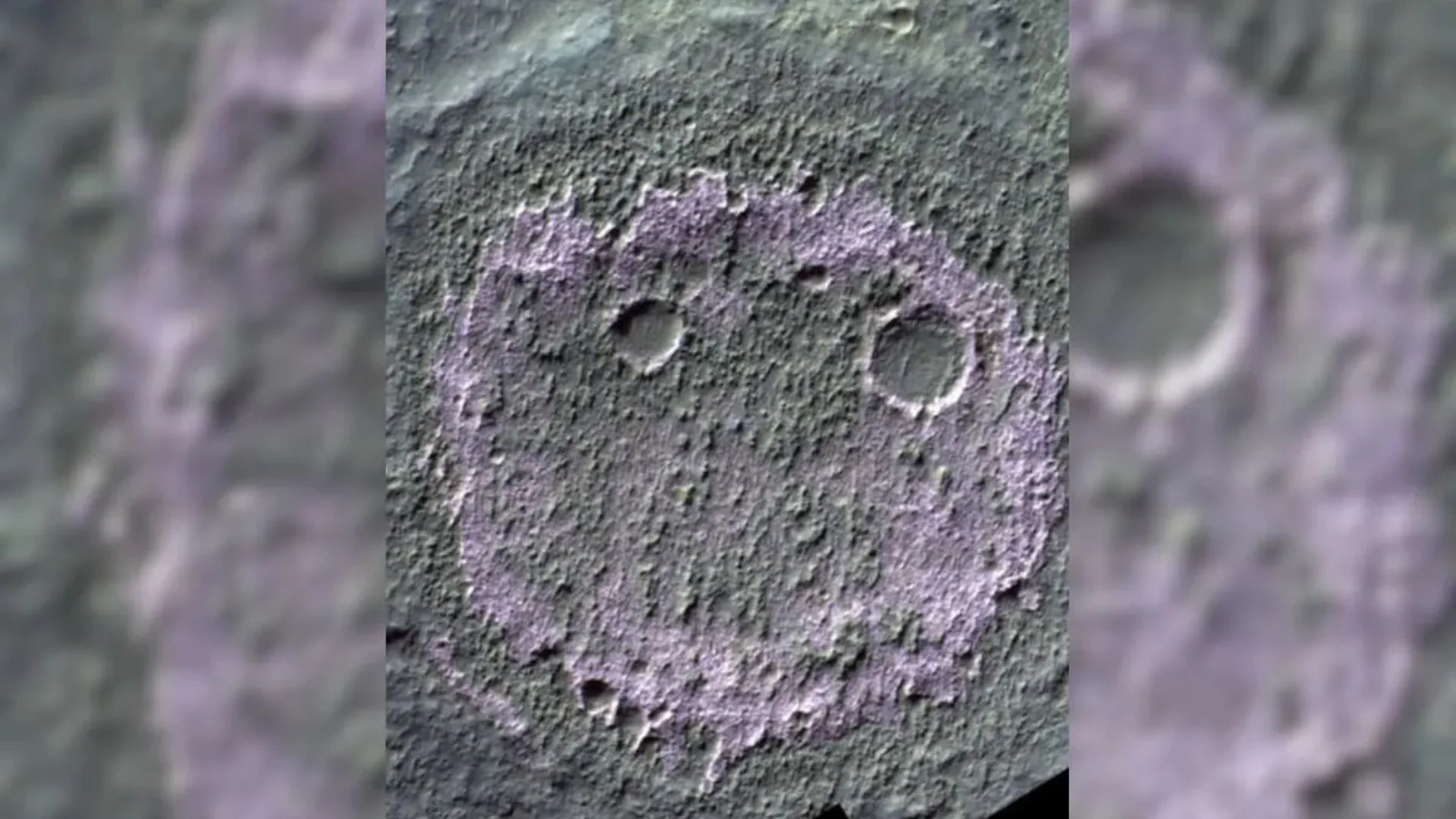
A salt deposit on Mars, intriguingly shaped like a “smiley face,” has captured the attention of scientists, who speculate that it may contain evidence of the planet’s last surviving life forms. Mars, once rich with lakes and rivers, underwent a catastrophic global freeze billions of years ago, leading to the disappearance of its vast water bodies. Now, researchers are considering the possibility that this unique salt deposit might harbor resilient microbes.
The European Space Agency’s (ESA) ExoMars Trace Gas Orbiter, a Martian satellite designed to search for signs of life on the Red Planet, recently captured remarkable images of chloride salt deposits on Mars barren surface. By examining these deposits, scientists hope to uncover valuable insights into Mars ancient climate, geology, and potential habitability.
“Why so serious? Mars, once a world of rivers, lakes, and possibly oceans, now reveals its secrets through chloride salt deposits found by our ExoMars Trace Gas Orbiter,” the ESA wrote in a recent post. The post also highlighted that these salt deposits, remnants of ancient water bodies, could point to habitable zones from billions of years ago. The discovery of nearly a thousand potential sites offers new perspectives on Mars’ climate history and the potential for past life.
Valentin Bickel, a planetary scientist at the University of Bern in Switzerland and lead researcher of the recent study published in ‘Scientific Data’, explained, “Mars lost its magnetic field, which led to the evaporation, freezing, or trapping of water within the surface as the planet’s atmosphere dissipated. The resulting mineral fingerprints on the surface indicate that very salty waters might have provided refuge for life, maintaining liquid water at temperatures as low as minus 40 degrees Celsius.”
The ESA’s social media post, shared just a day ago, has already garnered significant attention, receiving over 11,000 likes and numerous comments. While some users admired the images, others humorously speculated on potential conspiracy theories, with one user noting the need for scale references to better understand the size of the craters.















